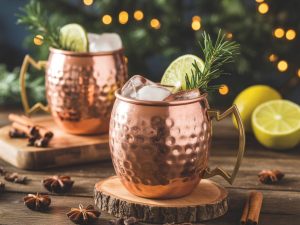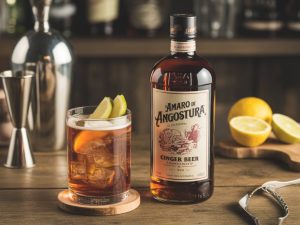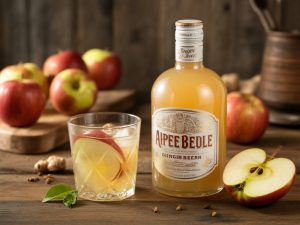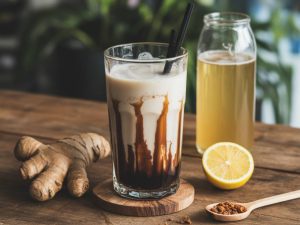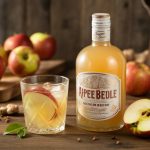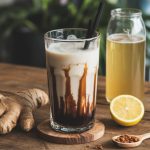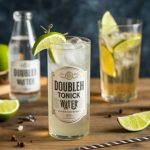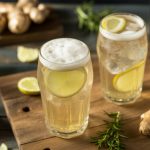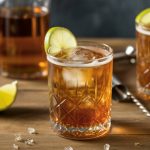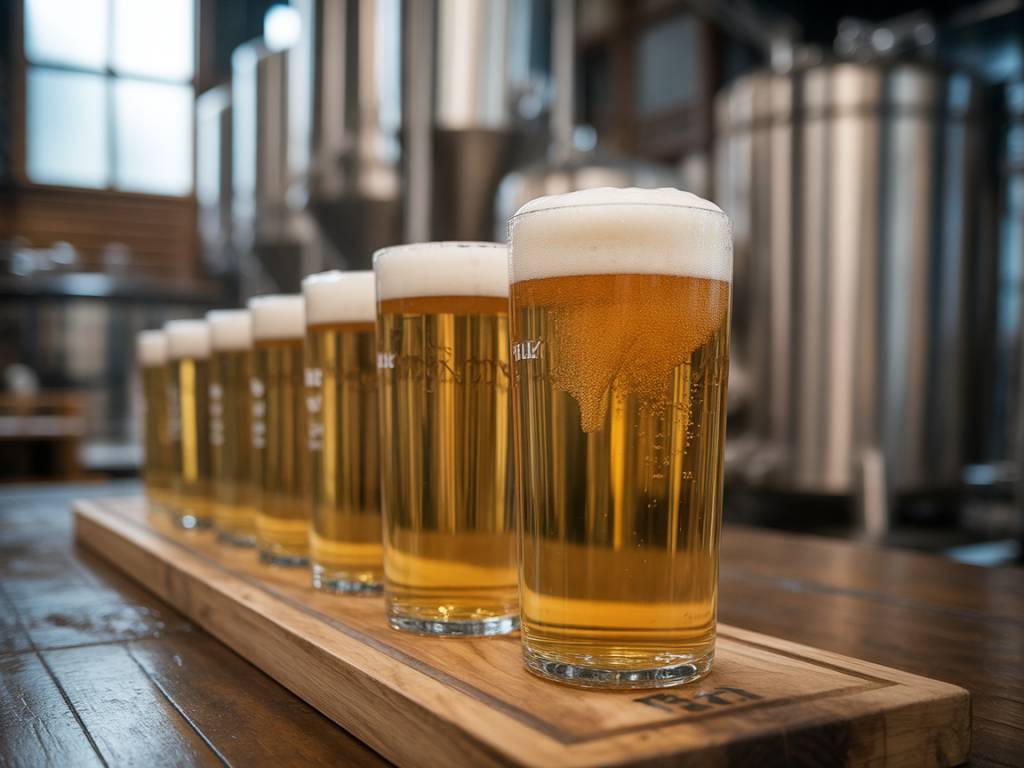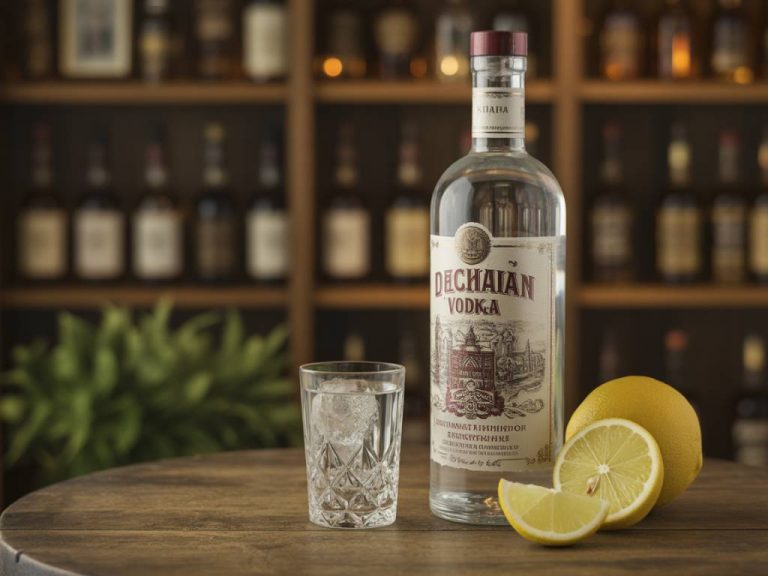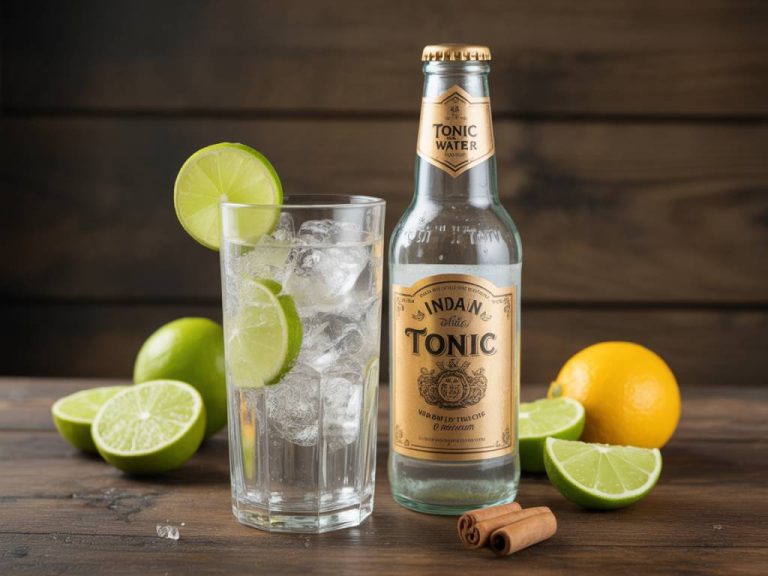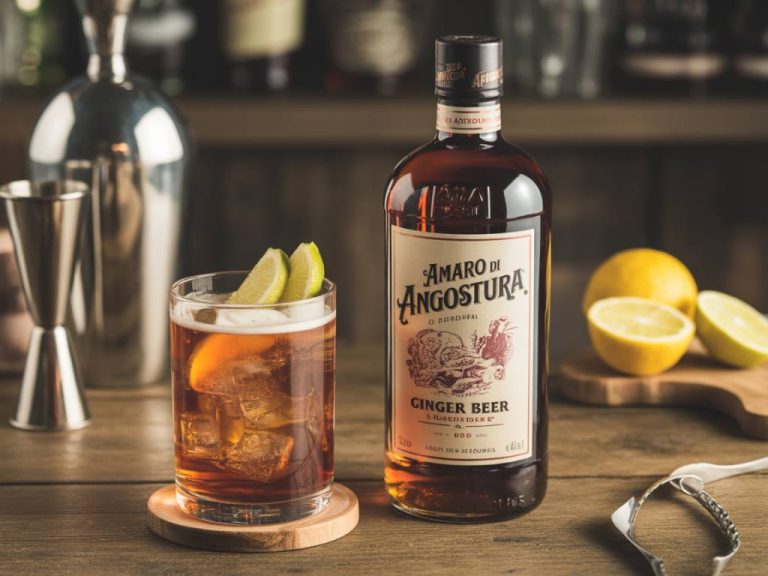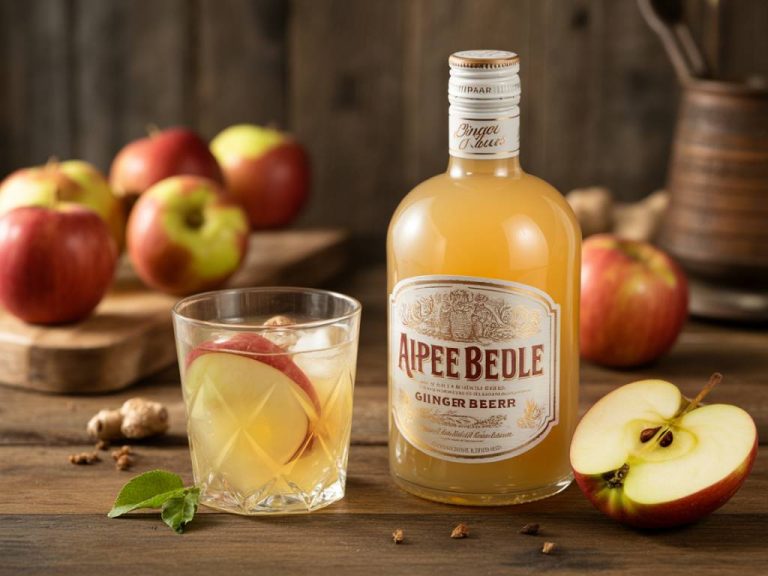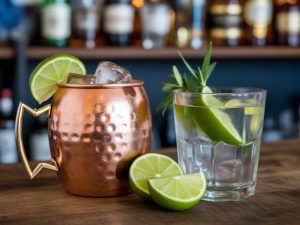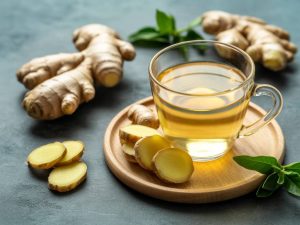What is Beer, Really?
Beer is one of the oldest and most widely consumed alcoholic beverages in the world. It’s a fermented drink made primarily from cereal grains—most commonly barley—flavored with hops, and brewed using water and yeast. Yet, as simple as that sounds, beer making is a fascinating blend of biology, chemistry, and artisanal technique.
For those of us curious about ingredients (hello, fellow ginger lovers) or who enjoy understanding what’s in our glass as much as savoring it—let’s break down the brewing process in a clear, structured, and dare I say, thirst-quenching way.
The Basic Ingredients of Beer
Before delving into the step-by-step process, let’s identify the big four components behind every pint:
- Water: Makes up 90–95% of beer. But not just any water—its mineral content affects flavor dramatically, which is why certain beer styles originate from specific regions.
- Barley (or other grains): Provides the sugars yeast will ferment. Barley is preferred because of its high enzyme content and husk structure, perfect for brewing.
- Hops: These flowers balance out sweetness with bitterness, contribute aroma, and help with preservation. Think of them as the spice rack of brewing.
- Yeast: The microscopic hero that transforms sugar into alcohol and CO₂. Different strains influence aroma, flavor, and mouthfeel.
Mashing: Turning Grain into Sugars
This is where the magic begins. Mashing involves steeping crushed malted grains in hot water—roughly 65°C (149°F)—to activate natural enzymes that break down starches into fermentable sugars.
The resulting thick, porridge-like mixture is called “mash.” After about an hour of enzymatic activity, brewers separate the sugary liquid from the grains. That liquid is called wort (rhymes with « hurt ») and it’s the sweet foundation of beer.
Fun insight: If you’ve ever tasted warm wort, you’ll find it surprisingly sweet—like a malted tea. Some microbrewers, including myself during tests involving ginger infusions, actually taste it at this stage to forecast the final product’s profile.
Boiling: Where Hops Enter the Scene
Once the wort is strained, it’s brought to a vigorous boil for 60–90 minutes. This stage is essential for sterilizing the liquid and breaking down unwanted proteins. But more importantly, it’s when hops are added.
Hops serve dual functions: preserving the beer and contributing bitterness, flavor, and aroma. The timing of their addition during the boil affects their role:
- Early (bittering hops): Longer boiling extracts alpha acids, delivering bitterness.
- Midway (flavor hops): Less boiling preserves essential oils that offer flavor.
- Late or end (aroma hops): Minimal heat exposure maintains delicate aromas.
Think of it as layering spices in a stew—you balance intensity with subtlety. For a ginger beer or spiced ale, you might even consider adding botanicals near the end of the boil. I’ve tested fresh ginger additions at 10 minutes before the boil ends to retain pungency without overpowering bitterness. The results? Surprisingly balanced.
Cooling: From Boil to Fermentation Temperature
Once the boiling is complete, the wort must be cooled rapidly—no yeast enjoys a 100°C spa treatment. It needs a cozy environment, typically between 18–24°C (64–75°F) for ales, or 7–13°C (45–55°F) for lagers.
This is usually done using a wort chiller—a coil of copper or stainless steel tubing that circulates cold water. Rapid cooling is crucial to prevent contamination by wild yeast or bacteria.
Fermentation: Where the Yeast Takes Over
Now comes the truly transformative stage. The cooled wort is transferred to a fermentation vessel and inoculated with yeast. Over the next few days to weeks, the yeast consumes sugars and produces alcohol, carbon dioxide, and hundreds of flavor compounds.
Depending on the yeast strain and temperature, you might get fruity esters (like in a Belgian ale) or cleaner profiles (as found in crisp lagers). Fermentation time can range from 3 days to several weeks, and during this period, brewers often monitor:
- Temperature: Yeast strains are temperamental—too hot or cold, and they throw off unwanted flavors.
- Gravity: Measured with a hydrometer, it tracks sugar consumption and indicates when fermentation is done.
In our Ginger Beer Promotions test batch using S. cerevisiae and supplemental ginger enzymes, we noted a rapid initial fermentation within 48 hours, followed by steady attenuation. This could indicate exciting innovation space between traditional beer and craft ginger brews.
Conditioning: Letting It Mature
Once fermentation is complete, the beer is not quite ready. At this point, it’s flat and somewhat raw-tasting. Conditioning allows the beer to “settle down”—unwanted by-products dissipate, flavors meld, and clarity improves.
Conditioning can occur:
- In the fermentation tank (cold-crashing): Reduces yeast and haze.
- In bottles or kegs: Known as secondary fermentation if priming sugars are added to generate natural carbonation.
Depending on the style, conditioning may last from a few days (for fresh ales) to months (for lagers or barrel-aged beers). Patience isn’t optional here—it’s a brewer’s best ingredient.
Carbonation and Packaging
What gives beer its fizz? Carbon dioxide—either from natural secondary fermentation or force-carbonation in pressurized tanks. Ales might need 2.0–2.5 volumes of CO₂; wheat beers often go higher. Ginger-infused ales benefit from higher carbonation to lift spicy aromatics.
After carbonation, beer is packaged into bottles, cans, or kegs. Sanitation is crucial—contaminated packaging can ruin weeks of careful brewing. It’s like bottling a perfume: precise and delicate.
So… Where Does Ginger Fit In?
Great question. Our house blog wouldn’t be complete without exploring how ginger intersects with brewing.
Ginger can be integrated during several points:
- Boil phase: Adds depth and heat. Ideal for winter ales or spiced stouts.
- Fermentation or post-fermentation: More aroma, less bitterness. Suitable for refreshing summer beers or experimental saisons.
- Sugar source for beer-like ginger ales: When paired with honey or cane sugar and fermented, ginger becomes the centerpiece rather than a side note.
In one of my lab batches, I combined cold-extracted ginger juice with dry hopping. The result? An aromatic IPA with subtle ginger fire at the finish—a harmony of zing and zingy citrus notes.
A Few Final Sips of Wisdom
Making beer is equal parts science, art, and patience. While commercial breweries deploy sophisticated equipment, the basic principles remain the same from medieval mead halls to modern kitchen labs.
If you’re a fermentation enthusiast already brewing kombucha or a curious foodie exploring botanical infusions, beer offers a wonderful new playground. And who knows? A ginger saison, turmeric pale ale, or a lemongrass lager might be your next signature brew.
As always, experiment thoughtfully, sanitize religiously, and taste meticulously. Cheers to the craft—and to the curiosity that keeps pushing us to understand what’s truly in our glass.

